Paprika: From Peppers to Plates – A Global Spice Journey!
Table of Contents
- What Exactly Is Paprika?
- Where Does Paprika Come From? A Historical Deep Dive
- Sweet, Smoked, or Spicy? Exploring the Many Flavors of Paprika
- Paprika Around the World: A Star in Global Cuisines
- 5 Practical Tips for Cooking with Paprika Like a Pro
- How to Store Paprika So It Stays Fresh & Flavorful
- Buying Guide: How to Choose the Best Paprika
- Final Thoughts: Paprika’s Place in the Spice Pantheon
What Exactly Is Paprika?
If you’ve ever opened a spice drawer and wondered what that vibrant red powder is doing there, welcome to the world of paprika! This beloved spice isn’t just for color — though it definitely brings that too. Paprika starts its life as dried and ground peppers, usually Capsicum annuum varieties.
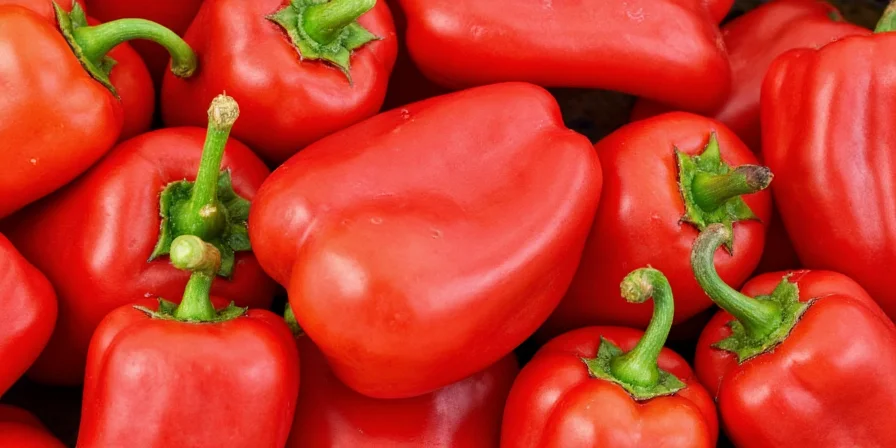
Depending on where it’s grown and how it’s processed, paprika can be sweet, spicy, or smoky — and every variation has a place in kitchens around the world.
Where Does Paprika Come From? A Historical Deep Dive
The story of paprika begins not in Europe, but in the Americas. Yes, you read that right — paprika has New World roots. When Christopher Columbus stumbled upon the Caribbean, he wasn't just discovering islands; he was also uncovering a whole new family of plants, including the chili pepper.
Spanish and Portuguese explorers brought these fiery fruits back to Europe, and soon they were spreading across the continent like wildfire (pun intended). However, it was Hungary that truly fell head over heels for paprika.
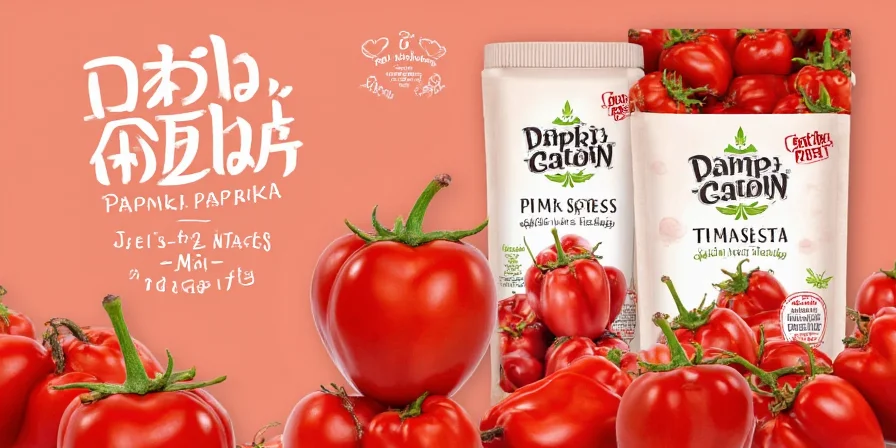
A Hungarian Love Affair
In the 16th century, Hungary began cultivating the plant seriously, and by the 19th century, paprika had become the country's national spice. Today, Hungarian paprika is considered some of the best in the world, with eight official classifications based on heat level and flavor profile.
| Country | Pepper Type | Flavor Profile | Main Use |
|---|---|---|---|
| Hungary | Capsicum annuum | Sweet to spicy | Goulash, stews |
| Spain | Smoked Pimentón peppers | Smoky | Chorizo, paella |
| United States | Bell peppers | Mild, colorful | Garnish, deviled eggs |
Sweet, Smoked, or Spicy? Exploring the Many Flavors of Paprika
One of the most fascinating things about paprika is how many different forms it comes in. Whether you're looking for sweetness, smoke, or a little kick, there's a paprika out there for you:
- Sweet Paprika – Mild and slightly fruity, this is your go-to for subtle flavor boosts.
- Smoked Paprika (Pimentón) – Dried over oak fires in Spain, this adds a rich, earthy depth to any dish.
- Hot Paprika – Often containing more seeds and membranes from the peppers, this version brings the heat.
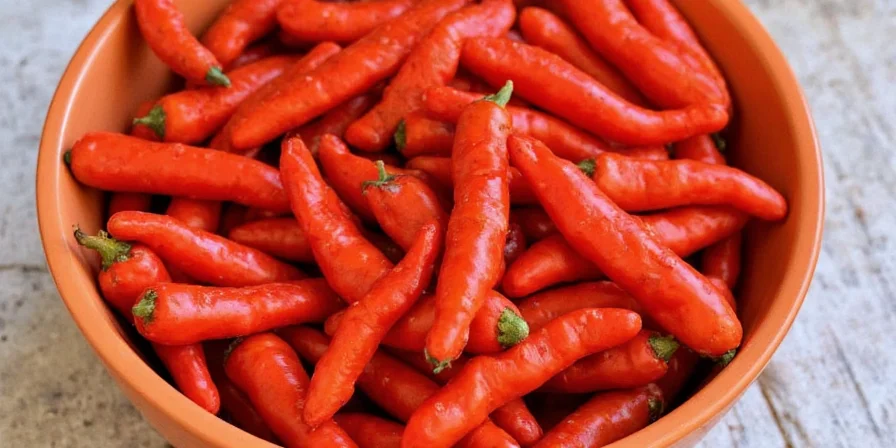
Each type tells a different story about where it comes from — climate, soil, drying techniques, and even local taste preferences all play a role.
Paprika Around the World: A Star in Global Cuisines
From Hungary to Morocco, paprika is a kitchen staple in cultures far and wide. Let’s take a culinary tour around the globe:
- Hungary – Goulash wouldn’t be goulash without it. Paprika is the soul of Hungarian cuisine.
- Spain – Smoked paprika gives chorizo its distinctive color and flavor.
- Mexico – Paprika blends into rubs and sauces, adding warmth without overwhelming spice.
- India – While not traditional, paprika is often used in vegan and vegetarian dishes as a substitute for Kashmiri chilies.
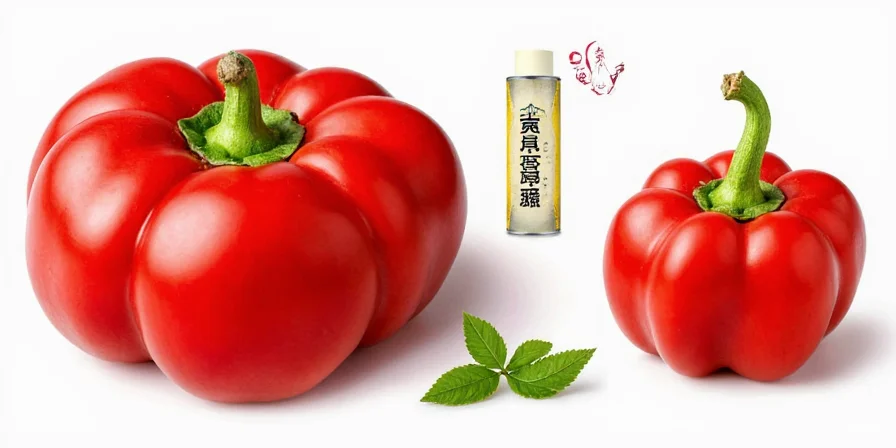
5 Practical Tips for Cooking with Paprika Like a Pro
- Toasted Perfection: Toast paprika in oil briefly before adding other ingredients. Just a few seconds will unlock its full aroma.
- Avoid Burnout: Paprika scorches easily, so never let it sit alone in a hot pan for too long — or you’ll end up with bitter regrets.
- Pair Smartly: Works well with garlic, cumin, tomato, and citrus. Try a sprinkle on roasted carrots or hummus!
- Dust for Drama: A final dusting of smoked paprika on finished dishes adds both visual flair and aromatic punch.
- Bake with It: Paprika isn’t just for savory. Add a pinch to chocolate brownies or mole-inspired desserts for complexity.
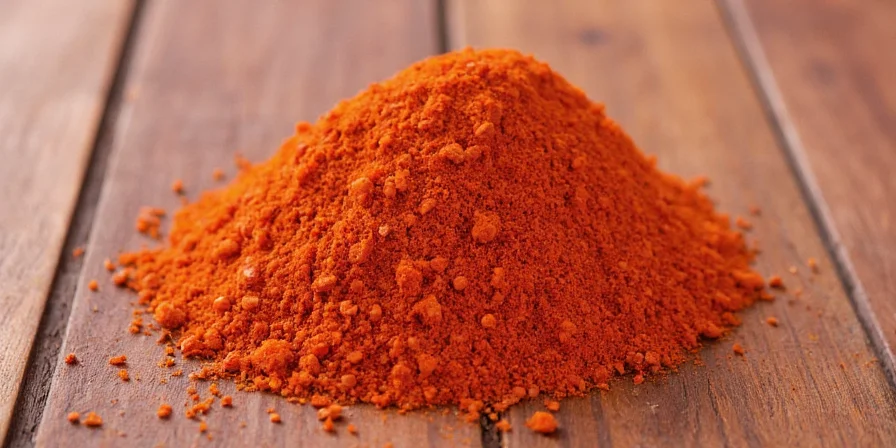
How to Store Paprika So It Stays Fresh & Flavorful
Like all spices, paprika doesn’t last forever. But with the right care, you can make it sing for months:
- Store in an airtight container away from light and moisture.
- Keep it cool — a kitchen cabinet works better than a sunny windowsill.
- Use within 6–12 months for peak flavor.
- If your paprika smells weak or looks faded, it’s time to replace it.

Buying Guide: How to Choose the Best Paprika
Next time you’re at the store, don’t just grab the cheapest jar. Here’s how to pick the perfect paprika:
- Check the Label: Make sure it’s pure paprika — no fillers or anti-caking agents.
- Look for Country-Specific Labels: “Hungarian” or “Spanish Smoked” are signs of quality.
- Color Clue: Bright red means fresh. Dull colors mean old spice.
- Try Local Brands: If you’re traveling, bring home a souvenir jar from local markets.
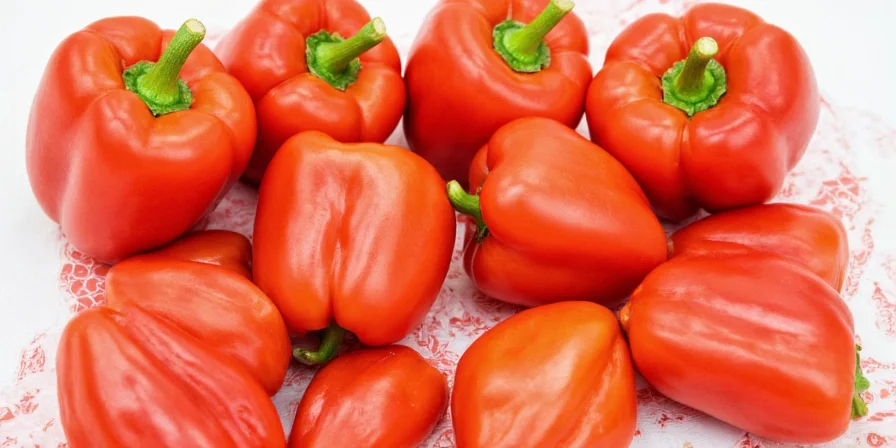
Final Thoughts: Paprika’s Place in the Spice Pantheon
So, where is paprika from? The answer spans continents and centuries. From the fields of Hungary to the spice racks of home cooks worldwide, paprika is more than just a pretty red powder — it’s a global flavor ambassador.
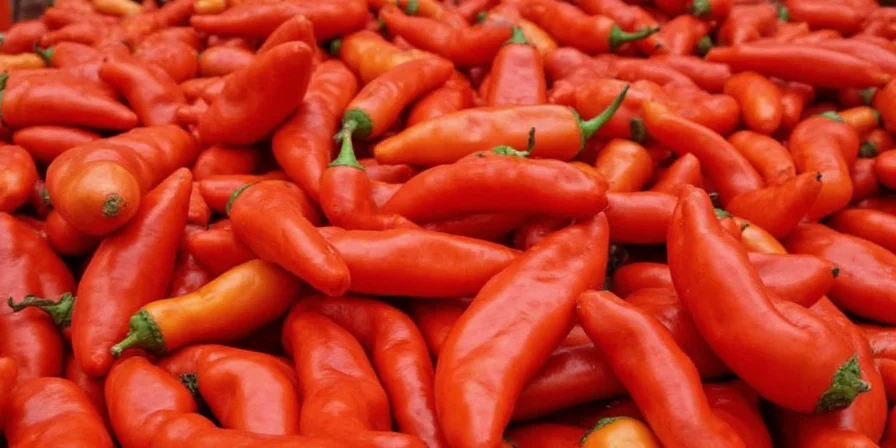
Whether you're spicing up a stew, giving grilled veggies a glow-up, or just admiring its gorgeous color, paprika deserves a permanent spot in your spice collection. Now go forth — and season with confidence!

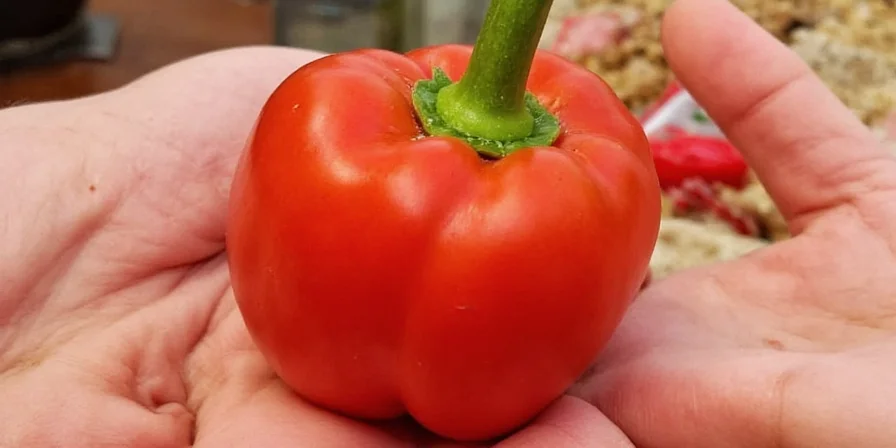









 浙公网安备
33010002000092号
浙公网安备
33010002000092号 浙B2-20120091-4
浙B2-20120091-4